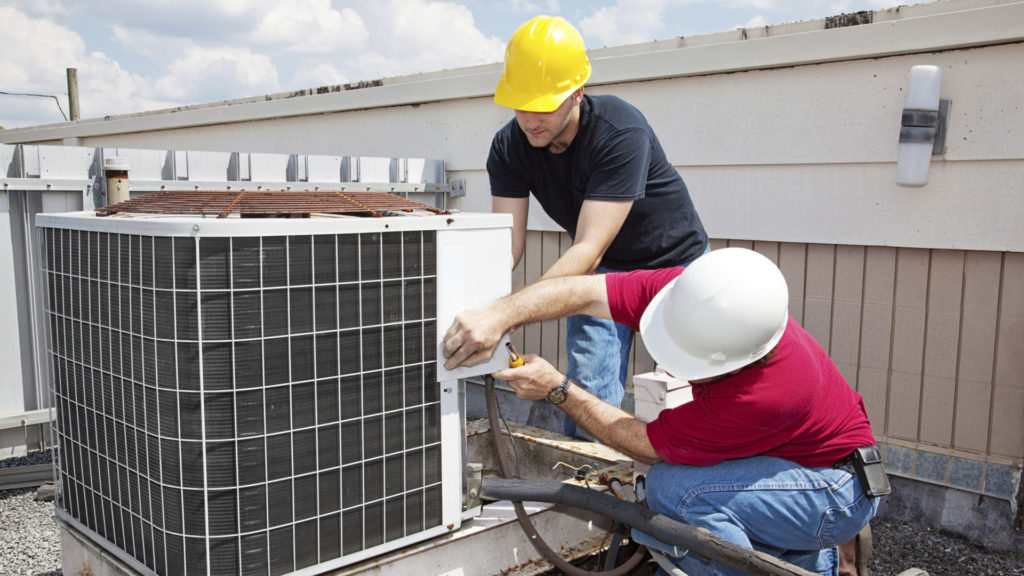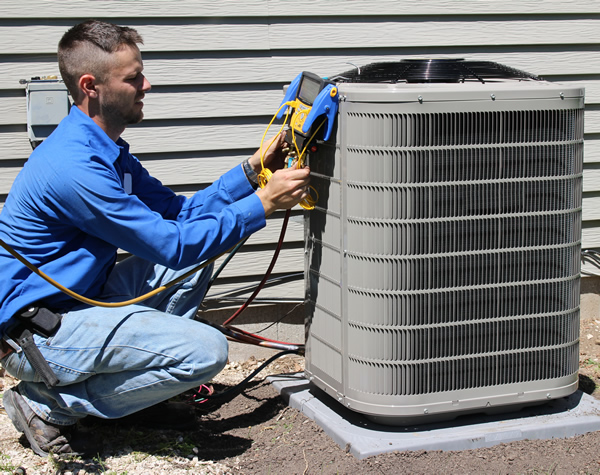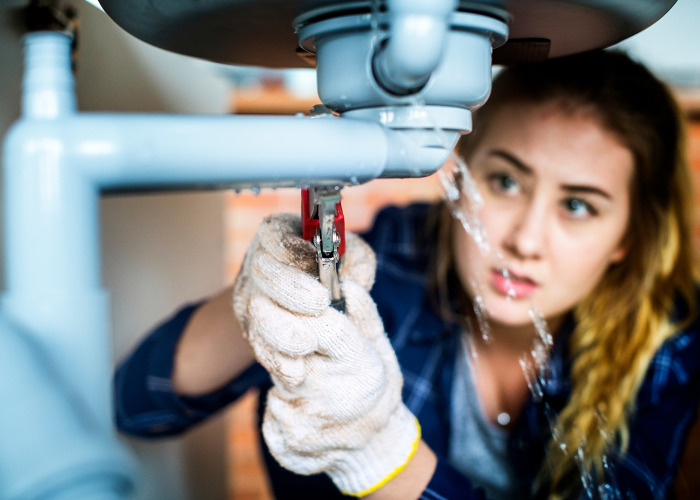How to diagnose plumbing problems
If your home is showing signs of a plumbing problem, it is important to take action quickly to avoid extensive damage. There are some simple ways to diagnose plumbing problems, and you can often fix small issues yourself. However, more serious problems will require the help of a professional plumber. Signs of a plumbing problem can include water stains on ceilings or walls, pooled water around the base of your toilet, unexplained increases in your water bill, or water that drains slowly from your sink. If you notice any of these issues, it is time to take a closer look at your plumbing. One of the first things you can do to diagnose a plumbing problem is to check all of your faucets and fixtures. Make sure that they are turned off completely, and then turn them on again. This will help you to see if there is any water pressure coming from the main water line. If there is very little pressure, or no water comes out at all, this could be a sign of a clogged main line. Another way to diagnose plumbing problems is to check for leaks. One of the most common places for leaks is around doors and windows. To check for leaks, simply place a piece of cardboard or a paper towel over the area and observe it for any moisture. If you see any, it is likely that you have a leak. If you have diagnosed a plumbing problem, the next step is to determine what is causing it. Many times, plumbing problems are caused by something as simple as a clogged drain. In this case, you can usually clear the blockage yourself with a plunger or a plumbers’ snake.
However, more serious problems, such as a broken pipe, will require the help of a professional plumber. Once you have determined the cause of your plumbing problem, you can then take steps to fix it. For minor issues, such as a clogged drain, you may be able to clear the blockage yourself. However, more serious problems will require the help of a professional. If you have a broken pipe, for example, you will need to contact a plumber to have it repaired or replaced. If you are having plumbing problems, it is important to take action quickly to avoid extensive damage. By taking the time to diagnose the problem and taking steps to fix it, you can avoid costly repairs down the road.
look for water damage
Generate Article for topic 1 Water damage can come from many sources, including rain, melting snow, overflowing toilets, leaky roofs, and faulty plumbing. It can lead to mold growth, rot, and other serious problems. If you have water damage in your home, it’s important to act quickly to repair the damage and prevent further problems.
listen for strange noises
If you’re hearing strange noises in your home, it’s important to take action and figure out what’s causing the problem. There are a few different things that could be causing the noise, and it’s important to rule out each possibility to ensure your safety. One possibility is that the noise is coming from outside your home. If this is the case, it’s important to identify the source of the noise and take steps to reduce the noise or keep it from coming into your home. This may involve sealing up cracks and holes in your home, using soundproofing materials, or changing the way you use your home to reduce the amount of noise that comes in. Another possibility is that the noise is coming from inside your home. This can be caused by a variety of things, including creaking floors, loose pipes, or rodents. If you think the noise is coming from inside your home, it’s important to have a professional come and take a look to determine the source of the noise and fix the problem. If you’re hearing strange noises in your home, don’t ignore them. Take action to figure out what’s causing the noise and take steps to fix the problem.
investigate leaks
According to a new study, investigating leaks could help organizations save water and money. The research, published in the journal Science Advances, looked at how much water is wasted due to leaks in buildings around the world. It found that fixing those leaks could reduce water use by 20 to 50 percent. “In many places, water leaks are a leading cause of water waste,” said study author Ariel Dinar, a professor at the University of California, Riverside. “By investigating and repairing leaks, we can make a significant dent in the global demand for water.” To conduct the study, the researchers used data from the International Benchmark Survey, which includes information on more than 2,000 commercial, industrial and institutional buildings in 42 countries. The data allow the researchers to compare the water usage of similar buildings in different locations. The study found that the average building wastes 10 percent of the water that comes into it each year, and that leaks account for a large portion of that water loss. In the United States, for example, leaks account for an estimated 17 percent of all water used in buildings. “This research highlights the importance of investigating leaks as a way to save water,” said Dinar. “It also underscores the need for better data on water leaks, so we can more accurately assess their impact on water use.” The study’s co-authors include Meng Ji of the University of Colorado, Boulder, and Mengxuan Lin of Tsinghua University.
check the water pressure
If your home has a water pressure problem, there are a few things you can do to try to fix it. First, check the outdoor water spigot to see if the problem is with the city water supply or if it is isolated to your home. If the problem is with the city water supply, you will need to contact your water provider. If the problem is isolated to your home, there are a few things you can try.
First, check all of the indoor valves to see if any of them are partially closed. If one of the valves is even slightly closed, it can cause a drop in water pressure. Also, check the outdoor hose bibs to make sure they are fully open. If the problem is still not resolved, you may need to replace a faulty valve or have a plumber check your home’s water lines.
inspect fixtures and pipes
for leaks After you’ve turned off the main water valve to your home, inspect all visible fixtures and pipes for leaks. If a leak is found, determine the source and repair it as soon as possible. Small leaks may not seem like a big deal, but they can waste a lot of water and add up to high water bills over time.
look for mold or mildew
Mold and mildew can be a serious problem in your home. If you see mold or mildew, it’s important to take action immediately to clean it up and prevent it from coming back. Mold and mildew are fungi that grow in damp, dark environments. They can cause health problems, especially for people with allergies or asthma. Mold and mildew can also damage your home, causing rot and decay. If you see mold or mildew, you should: -Ventilate the area to reduce moisture. -Wipe surfaces with a solution of bleach and water. -Throw away any porous materials that are moldy, such as rugs or fabric. -Fix any leaks or other sources of moisture. -Use a dehumidifier to keep the area dry. -Monitor the area for new growth and act quickly to clean it up.








